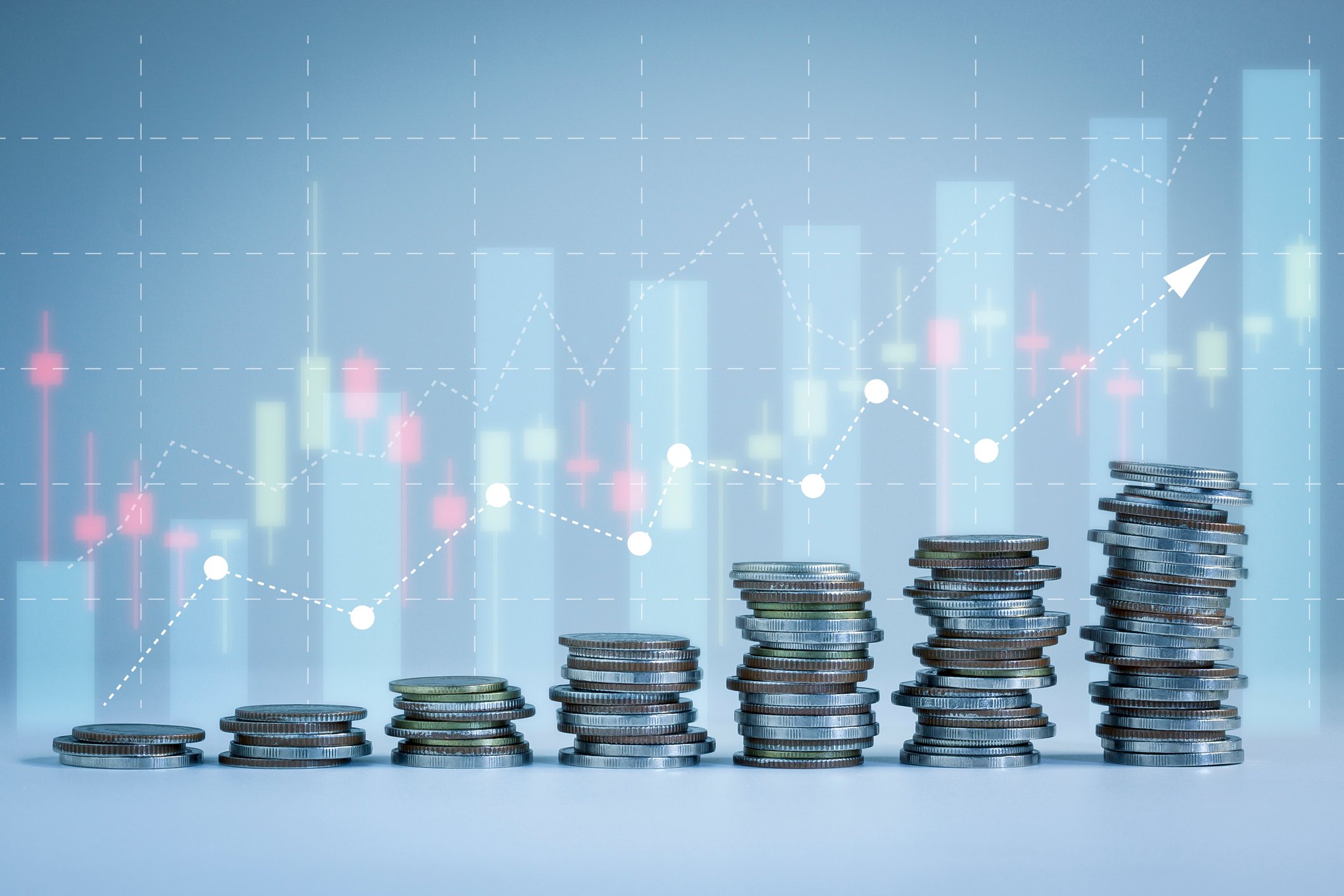The energy industry had been the darling of income investors before oil prices crashed and took several big-time dividends with it. That said, despite another year of weaker oil prices, the industry still paid out billions of dollars to investors last year. In fact, several companies managed to pay out more than a billion dollars apiece in dividends in 2016. Here's a look at five of those generous payers and what the future has in store for their dividends.
Kinder Morgan: $1.1 billion in dividends in 2016
Natural gas pipeline giant Kinder Morgan (KMI +0.86%) paid its investors $1.1 billion last year. While that was well below the previous level, that was by choice because the company redirected a significant portion of the $4.5 billion of distributable cash flow it generated from its fee-based assets to finance growth projects and shore up its balance sheet. Kinder Morgan expects a repeat performance this year, with it intending to pay investors another $1.1 billion in dividends, again fully supported with the $4.46 billion of distributable cash flow it expects to generate this year, leaving it with plenty of excess to finance projects and shore up its balance sheet even further. That said, the payout could head meaningfully higher starting next year because the company completed several strategic moves that will fund a significant portion of its future growth projects. Because of that, Kinder Morgan could deliver a substantial dividend increase starting in 2018, potentially making it a gold mine for income investors.

Image source: Getty Images.
TransCanada: 1.4 billion Canadian dollars ($1.1 billion) in dividends in 2016
Canadian energy infrastructure giant TransCanada (TRP +1.08%) paid out CA$1.4 billion to investors last year, which was 9% higher on a per-share basis than 2015. That healthy increase is just more of the same for the pipeline giant, which has now raised its payout to shareholders for 17 straight years after announcing a 10.6% increase for 2017. That trend toward higher dividends should continue in future years, since TransCanada expects to increase its payout by 8% to 10% annually through 2020 thanks to the stable cash flow its fee-based assets generate and its robust pipeline of high-return growth projects. Furthermore, the company plans on maintaining a healthy dividend coverage rate of less than 50% of cash flow and a strong balance sheet even as it grows its payout at a robust rate.
ConocoPhillips: $1.3 billion in dividends in 2016
Oil giant ConocoPhillips (COP 0.04%), much like Kinder Morgan, paid less in dividends last year after it slashing its payout amid persistently weak oil prices. That said, it still paid out $1.3 billion to investors in 2016. Meanwhile, the payout is once again on the rise after the company announced a 6% increase earlier this year. It's a payout level that ConocoPhillips can afford to maintain because it has right-sized its cost structure so that it can fully fund enough capex to keep production flat and pay its dividend -- even if oil prices are below $50 per barrel.
Occidental Petroleum: $2.3 billion in dividends in 2016
Unlike ConocoPhillips, Occidental Petroleum (OXY 1.32%) didn't need to cut its dividend during the oil market downturn. Instead, it increased its payout again last year, continuing a trend it started in 2002. Overall, the company paid investors $2.3 billion in dividends, which it fully covered by generating $2.5 billion in cash from operations. Meanwhile, after starting the year with nearly $4.4 billion in cash, it was able to more than adequately finance its $2.9 billion capital expenditure budget with room to spare. Looking ahead, Occidental Petroleum estimates that it can generate enough cash flow in the future to cover both its dividend and the capital needed to keep production flat at $40 oil thanks to its cost-cutting efforts over the past few years.

Image source: Getty Images.
ExxonMobil: $12.5 billion in dividends in 2016
Big oil behemoth ExxonMobil (XOM +0.00%) is one of the most shareholder-friendly companies in the world. The oil giant has been paying a dividend to its investors for more than a century and has increased the payout for the past 35 years, making it a Dividend Aristocrat. Last year the company paid out a whopping $12.5 billion in dividends to its investors and will pay out even more in 2017 after raising the payout by 2.7%. Furthermore, despite low oil prices, ExxonMobil generated $26.4 billion in cash flow from operations last year thanks to its low-cost oil assets, which more than covered its dividend.
Investor takeaway
This group had one thing in common: Each produced billions of dollars in cash flow last year, mainly due to either operating fee-based assets or having a low cost structure. Because of that, these companies generated more than enough money to pay big dividends to investors while also reinvesting some of their excess cash flow into growth projects. As a result, these energy giants should be able to pay investors a growing dividend in the coming years.






